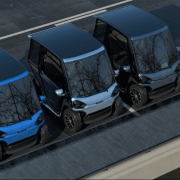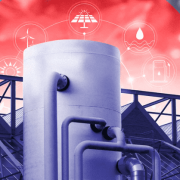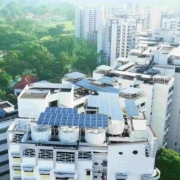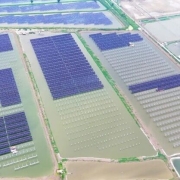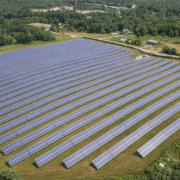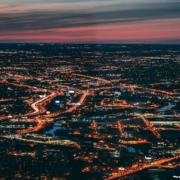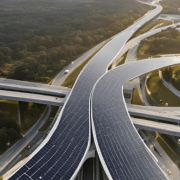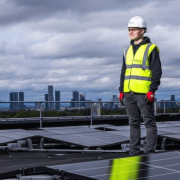The Green Intelligent Affordable Nano Transport Solutions (GIANTS) is a €12 million, 42-month project with 23 partners from industry and research institutes. The group is designing a platform to enable three types of lighter-weight, cost-conscious, solar-powered electric vehicle prototypes for passengers and cargo.
The platform includes battery technology, powertrains and solar PV components that will be standardized.
Small fleets of the GIANTS’ LEV prototypes will be demonstrated in the European cities of Stockholm and Bruges, plus demonstration sites in Kisumu, Kenya, Delhi, India, and Manila, Philippines.
Click here to read the full article
Source: PV Magazine
—
If you have any questions or thoughts about the topic, feel free to contact us here or leave a comment below.

